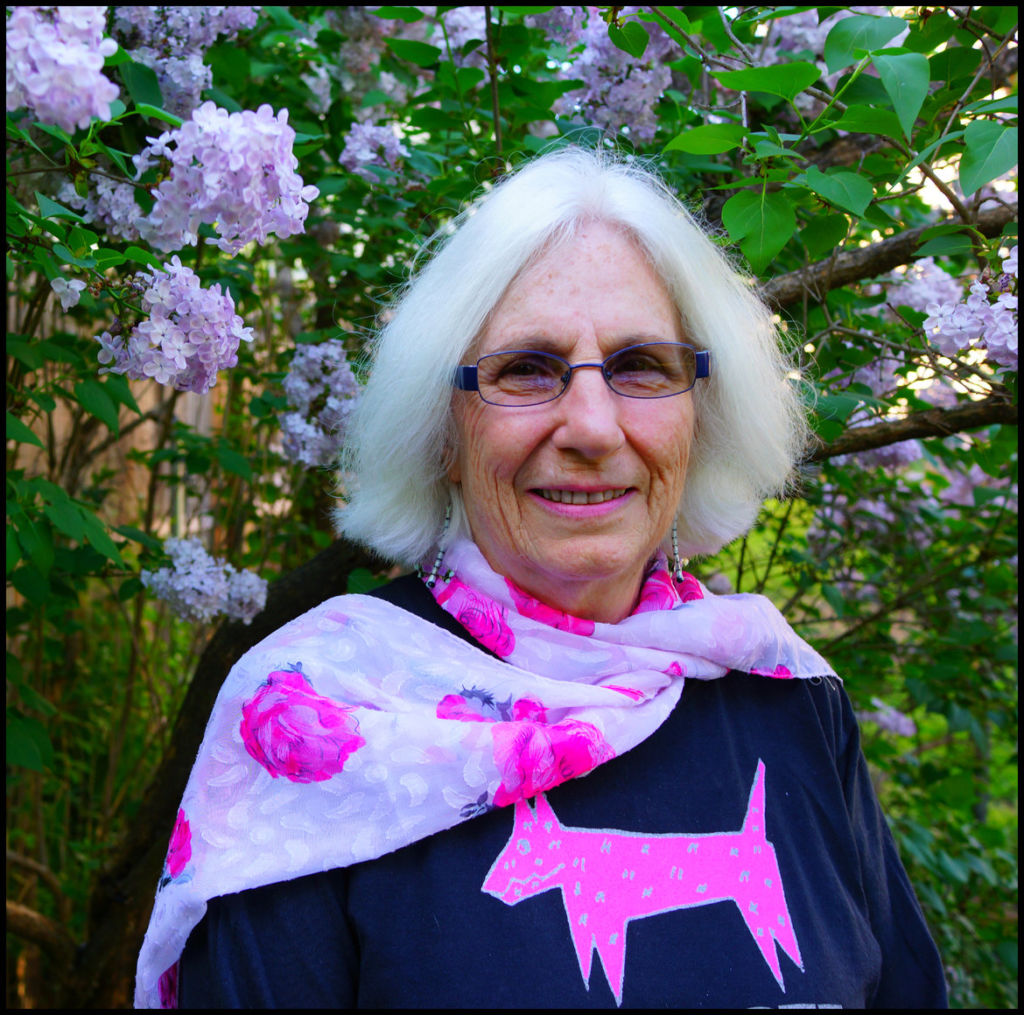My pathway to geography education was certainly not as directed as that followed by many of my colleagues – although my early life was not devoid of geography by any means. I fondly recall a wonderful wooden puzzle of the United States that I very nearly wore out fitting the states together in their proper order. The puzzle was brightly colored with capital cities and the principal products of each clearly marked. In this way I not only learned that corn and pigs were important to Iowa and people skied in Vermont, but it imprinted the map of the United States forever in my mind. There were a number of maps and atlases in our home, and Dad always supplied me with a map on every family road trip so I could follow along from the back seat. To this day, I enjoy a road trip, and no matter how many times I follow the same route, I need a map to mark my progress, to observe changes, to look at the names of the rivers, mountain peaks, and associated information, and to make notes of interest along the way. And of course, National Geographic came to our home every month. My one and only formal instruction into geography came through Mrs. Treible, my beloved 5th and 6th grade teacher who spent every Friday afternoon teaching us geography – US in grade 5, and world geography in grade 6.
I returned to my formal education when my two sons entered middle school, and studied anthropology and archaeology. After receiving a Bachelor’s degree in anthropology from Drew University in Madison, NJ and a Master’s degree in anthropology from the University of Washington in Seattle, I spent several years as an archaeologist in Alaska, the American Southwest, and the northeastern United States working on sites from Vermont to Georgia. Geography became my focus rather by accident when Rutgers University’s anthropology department insisted that all doctoral students study paleoanthropology in Africa. I wanted to study the fauna of prehistoric sites in the American Southwest. Obviously a disconnect. An archaeology colleague suggested that I apply to the Rutgers geography department. Since I had a strong background in both physical and cultural anthropology, as well as archaeology, he thought it would be a good fit. This move opened up a whole new world – and for quite some time I lived in the dual world of geography and archaeology as I continued working in NYC as an archaeologist while successfully pursuing a doctorate degree in geography from Rutgers. In addition, I was teaching geography at Rutgers and Raritan Valley Community College and learning how much more I enjoyed teaching students geography rather than digging under the streets of Manhattan in the middle of the winter! The more I learned about geography as a discipline, the more I enjoyed it and hoped to find a full-time teaching position in a small college – or even a large university.
In January 1999, while snowmobiling in Montana with my family, I received a call from ETS asking me to consider a part-time position working on NAEP geography assessments. I was enjoying teaching and still hoped to find a permanent position in a geography department, but as the ETS offer was for a part-time position, I thought, “why not give corporate America a try.” I found I enjoyed the work, and in the following May, I accepted a full-time position in the Assessment Division to work on AP geography, a new course and exam launching in 2000-2001. This was the real beginning of a career in geography that took a different track from traditional teaching – although I continued to teach early morning classes at Rutgers and evening classes at Raritan Valley for a few more years. I attended my first committee meeting for APHG in Washington, DC, in August 1999 – and the first person I met was Martha Sharma in the lobby of the hotel, who asked if I was the new ETS person for geography. I probably had a look of terror and Martha thought I needed help! When I identified myself, she gave me a warm welcome and introduced me to each of the members – Alec Murphy, Larry Ford, Dave Lanegran, Debbie Lang, Adrian Bailey, Mona Domosh, John Trites – all dedicated to a successful launch of geography in the high schools.
My first exposure to NCGE was at the annual meeting in Boston, November 1999, where members of the APHG committee presented content and classroom strategies for teaching AP human geography. I recall the room was packed, and I ended up in a front-row seat. Once again, Martha took me under her wing, and even saw to it that I received a mug with the NCGE logo that was given to presenters that year. (This mug has a prominent place in my “mug rack,” and Martha is a close friend and traveling companion). I think that this was the point at which I fully embraced geography education as a career. This was more than teaching geography – it was a chance to make a real impact on the teachers and students through an understanding of the geography of humans on the landscape. I very much wanted to be a driving force behind APHG, and made a personal goal of 10,000 exams in 5 years. This seemed an ambitious goal as at the first reading in 2001, seventeen geographers gathered at Clemson University to score 3,272 exams. At our fourth reading in 2004, 58 readers scored 10,471 exams. By 2009 over 50,730 exams were administered, and in 2015 we exceeded 160,000 exams. The early cohort of schools numbered 305 – APHG is now taught in more than 3,541 high schools by our dedicated teachers.
Understanding that the teachers were key to the growth of geography in high schools, I organized workshops for APHG teachers at subsequent NCGE meetings at which committee members and experienced teachers presented content and teaching tips to AP teachers. The first of this series of events was held in Philadelphia in 2002 and was limited to 35 participants. The workshop filled an entire day and was far more successful than we hoped. I was shocked at the number of teachers who came to this workshop, some of whom stood at the back of the room. We ran out of hand-outs, but the teachers shared with each other, exchanged emails, and somehow, we got it together. I learned from that first experience – the best it could be called is “organized chaos”- but I continued to plan a workshop for teachers each year, always with the backing and help of committee members, most of whom continue to volunteer participation after their tenure on the committee ends. During the workshops it has been my privilege to watch teachers with no formal geography training “get geography” to the extent that teachers from the first workshop became the presenters at the second, and soon down the line – teaching each other, learning geography, and gaining the knowledge and enthusiasm that are the foundations of the of the success of geography education in the high schools. The meeting rooms are always packed. I continue to look forward to the event every year, only missing a couple of times for family emergencies.
I have participated in NCGE conferences with various presentations outside of the AP workshop series and also presented at AAG and IGU conferences often “selling” APHG, but also simply as a “geographer”. AP-related articles include “Assuring Quality in Advanced Placement Human Geography: Development and Assessment,” with Tim Strauss, in Proceedings of International Geographical Union Commission on Geographical Education Symposium, University of Strathclyde, Glasgow 2004, “Advanced Placement Human Geography: The First Five Years” with Paul Gray and Tim Strauss, in Journal of Geography, 2006:105 pp 99-108; and “14,000 Students Can’t Be Wrong! The diffusion and dispersal of AP Human Geography Students 2001-2005,” in Proceedings of International Geographical Union Commission on Geographical Education Symposium, Brisbane, Queensland, Australia, 2006;.
In 2008 my work with AP human geography and its contribution to geography education in the high schools was validated when I and Alec Murphy were co-recipients of the Gilbert Grosvenor Honors for Geographic Education at the Boston meeting for the AAG. This award would not have been possible without the diligence and hard work of the geographers who gave their time and expertise to the work of the APHG development committee as well as the increasing number of Readers every year. Their support is unending, valuable, and much appreciated.
I was privileged to be a part of National Geographic’s Roadmap project – Road Map for 21st Century Geography Education Project (2013) led by Danny Edelson, a framework intended to guide curriculum and assessment throughout a student’s educational experience. I worked with geography colleagues that I met through AP and NCGE on the Assessment part of the project – Dave Lanegran, Bob Morrill, Jody Smothers-Marcello, Marianne Kenney – and met new geographers, as well. It was an amazing opportunity, and I know that my association with NCGE enabled me to be a part of this exciting project.
Certainly my work at ETS on the APHG exam is an integral part of my job, but I can honestly say that my 15 years as a member of NCGE, and the annual conference with the teachers’ workshop gives me the impetus and recharges my enthusiasm for geography education each year. I meet life-long friends, dedicated teachers, long-time readers, new readers, and knowledgeable geographers.
As I look forward to receiving the Miller Award at the Centennial Conference in Washington, DC this coming August, I firmly believe that in order to bring geography to the attention of policy makers, geography educators need the support of a strong organization that influences public policy toward geography education and expands the visibility of geography within other professional organizations, the business community, government agencies, and the general public. NCGE fulfils this role, and I am proud to be a member of an organization that welcomes all geography educators without regard to our path to geography or our role in the educational process.
Barbara S. Hildebrant


